"Facial expression is the most subjective manifestation of man, more subjective even than speech, for vocabulary and grammar are subject to more or less universally valid rules and conventions, while the play of features... is a manifestation not governed by objective canons, even though it is largely a matter of imitation. This most subjective and individual of human manifestations is rendered objective in the close-up." Béla Balázs from Theory of the Film
Last active 60 minutes ago
Don't wanna be here? Send us removal request.
Photo
"The Obsolete Man" hit the airwaves for the first time on this day in 1961!


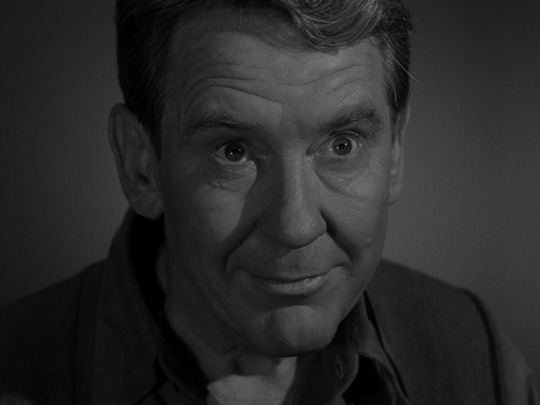
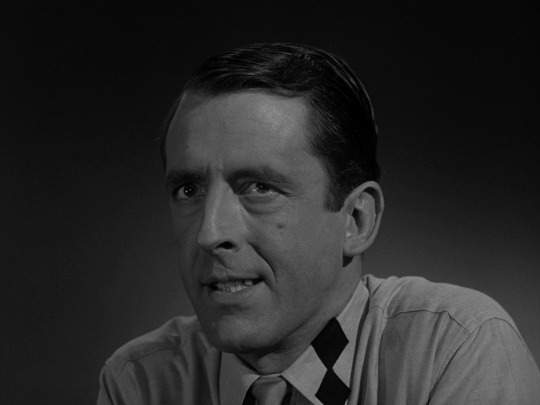
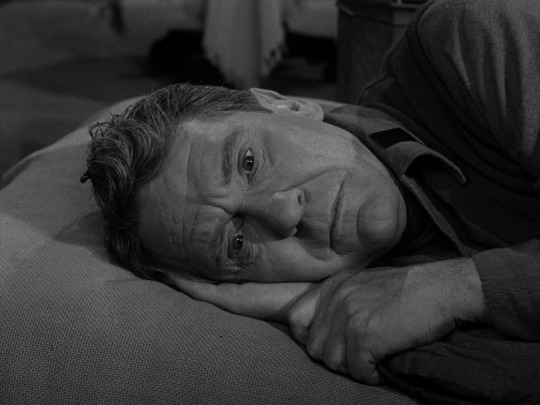

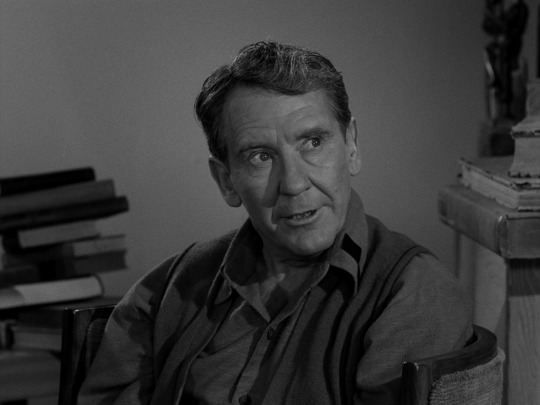

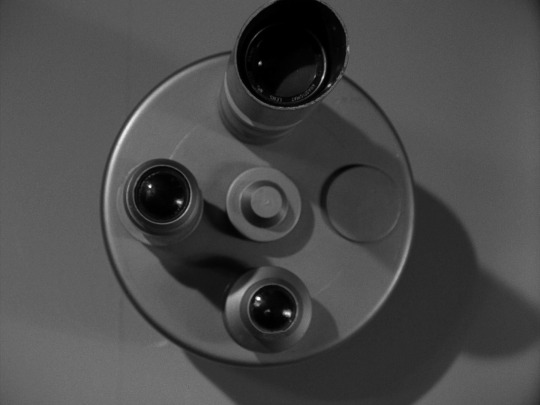

2.29 The Obsolete Man
Director: Elliot Silverstein
Director of Photography: George T. Clemens
“This is not a new world, it is simply an extension of what began in the old one. It has patterned itself after every dictator who has ever planted the ripping imprint of a boot on the pages of history since the beginning of time. It has refinements, technological advances, and a more sophisticated approach to the destruction of human freedom. But like every one of the super-states that preceded it, it has one iron rule: logic is an enemy and truth is a menace.”
#Twilight Zone#the twilight zone#OTD#from the archives#Rod Serling#cinematography#elliot silverstein#classic television#television#1960s#Classic TV#Burgess Meredith#Fritz Weaver#dystopia#speculative fiction#tv#te
76 notes
·
View notes
Photo
Celebrating its 64th anniversary today in the memorable classic Twilight Zone episode "Will the Real Martian Please Stand Up?"
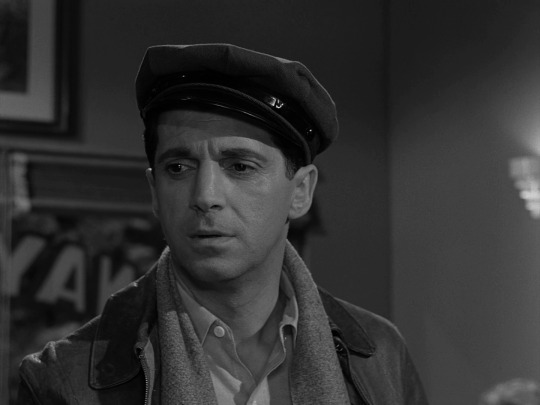
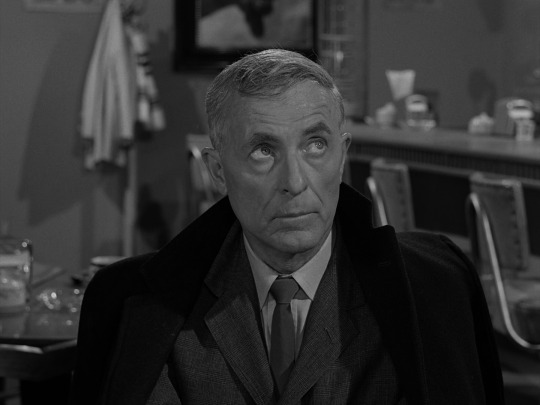

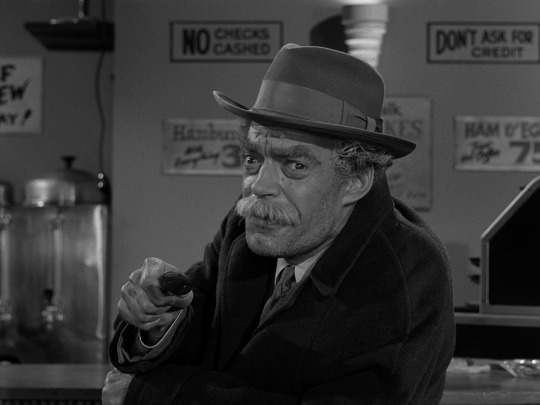
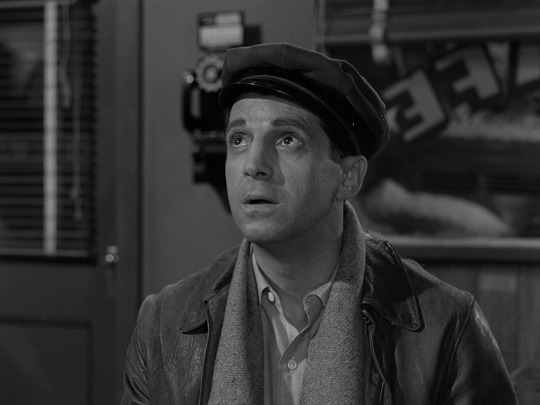
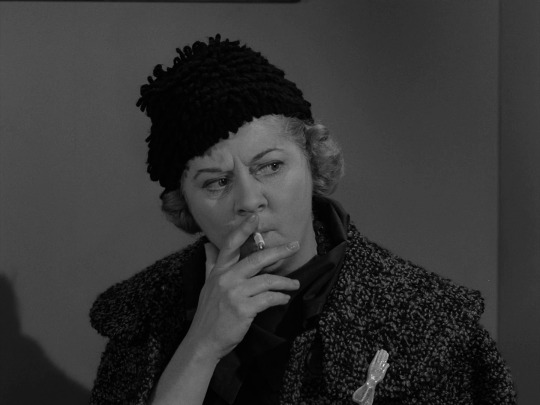

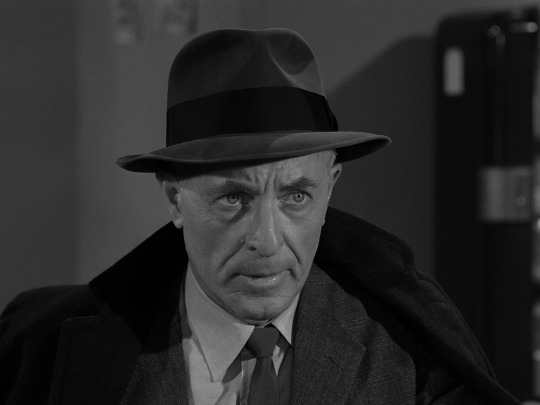
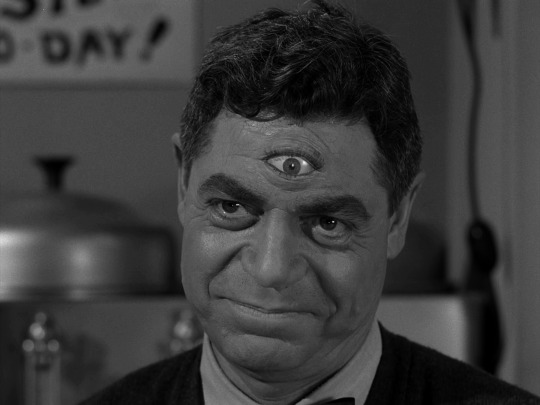
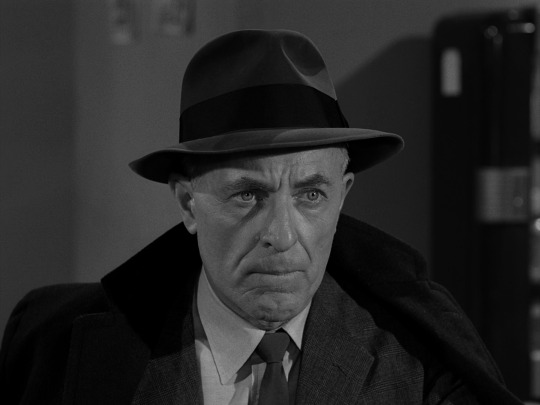
2.28 Will the Real Martian Please Stand Up?
Director: Montgomery Pittman
Director of Photography: George T. Clemens
“You’ve heard of trying to find a needle in a haystack? Well, stay with us now, and you’ll be part of an investigating team whose mission is not to find that proverbial needle, no, their task is even harder. They’ve got to find a martian in a diner…”
#Twilight Zone#the twilight zone#OTD#from the archives#Rod Serling#montgomery pittman#martians#aliens#speculative fiction#cinematography#close up#close-up#1960s#Classic TV#classic television#retro tv#television#tv
58 notes
·
View notes
Photo
Way back in 1963, "The Bard" aired for this first time on this day in the Twilight Zone!

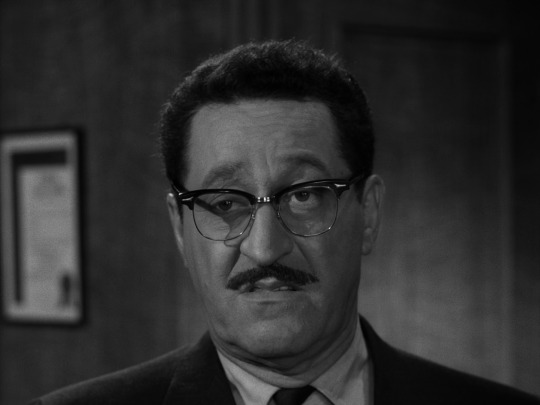


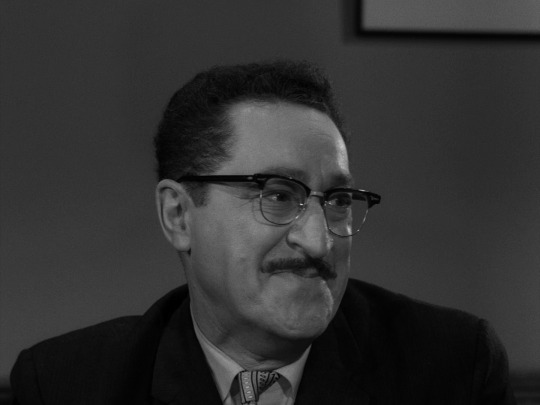

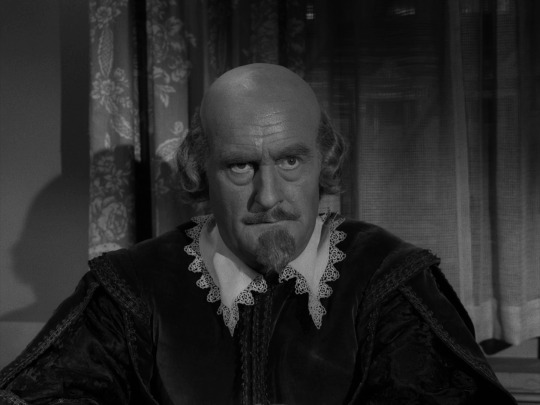
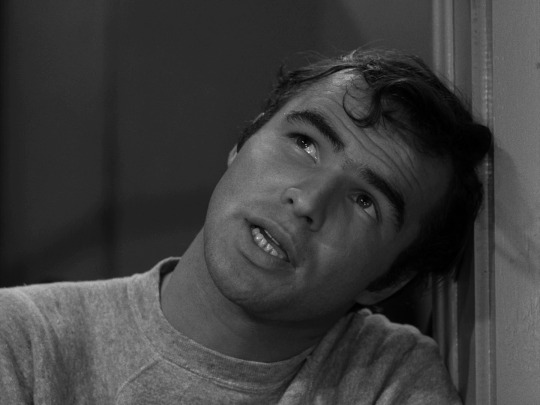

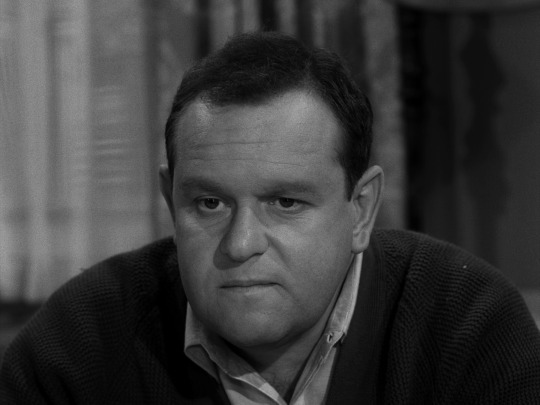
4.18 The Bard
Director: David Butler
Director of Photography: George T. Clemens
“You’ve just witnessed opportunity, if not knocking, at least scratching plaintively on a closed door. Mr. Julius Moomer, a would-be writer who, if talent came twenty-five cents a pound, would be worth less than car fare. But, in a moment, Mr. Moomer, through the offices of some black magic, is about to embark on a brand-new career.”
#OTD#from the archives#Twilight Zone#the twilight zone#rod serling#Jack Weston#burt reynolds#Classic TV#classic television#television#1960s#tv#cinematography#close-up#close up#speculative fiction
10 notes
·
View notes
Photo
"The Chaser" first aired on this day in 1960.
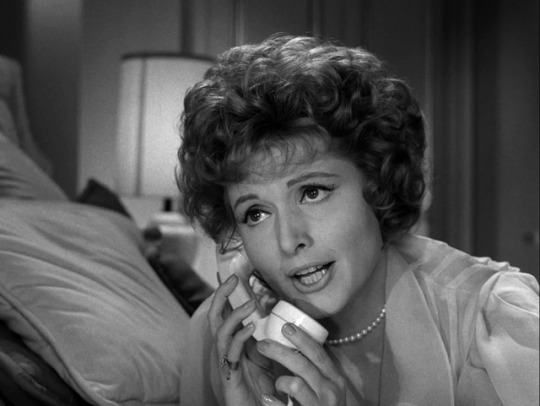
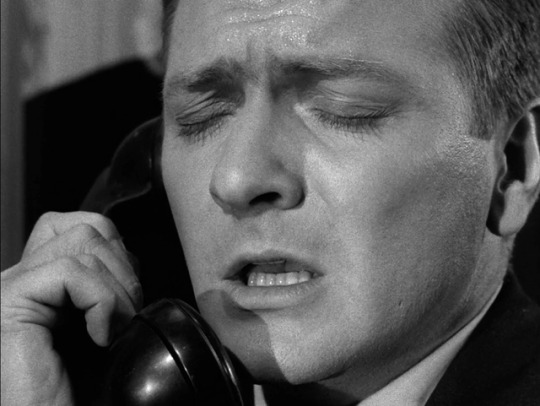
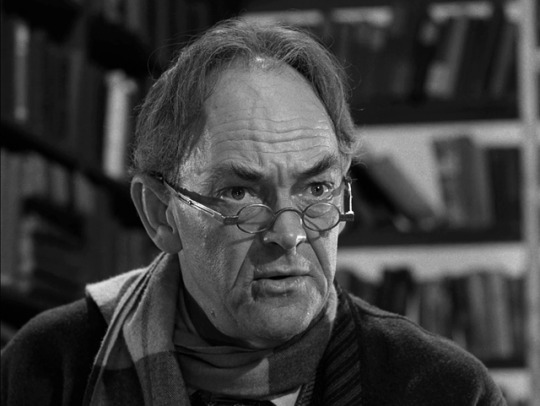
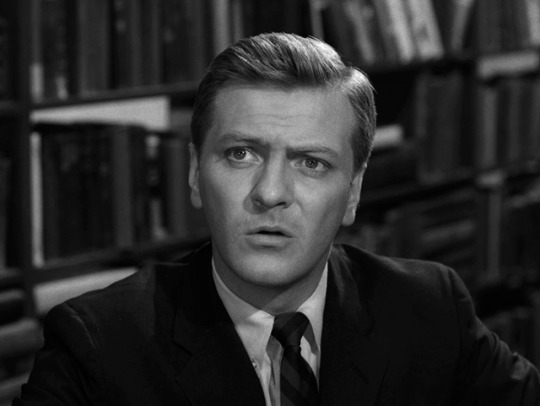




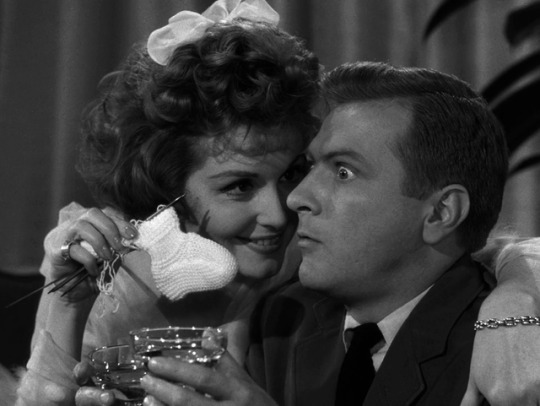
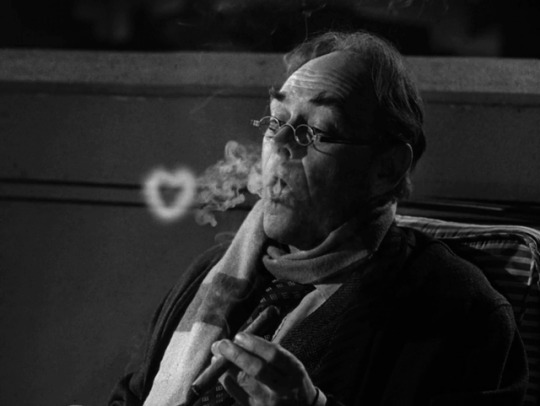
1.31 The Chaser
Director: Douglas Heyes
Director of Photography: George T. Clemens
“I promise you she’ll never leave your side. When she isn’t telling you she loves you, she’ll be gazing at you lovingly. She won’t even eat before you do, and nothing will be too much for you to ask of her. She’ll worship you. She’ll beg for kisses, and weep for joy at your touch. And if in passing time you should perhaps look at another girl, or, even do a little more than look, she’ll feel hurt. But she’ll forgive you, and love you just the same. Frankly, you’d get the same shake from a cocker spaniel.”
#OTD#from the archives#twilight zone#the twilight zone#douglas heyes#rod serling#george grizzard#patricia barry#tv#classic tv#retro tv#1960s#television#photography#cinematography#close-up#close up#speculative fiction
18 notes
·
View notes
Photo
OTD in the Twilight Zone, "Shadow Play" premiered 64 years ago!
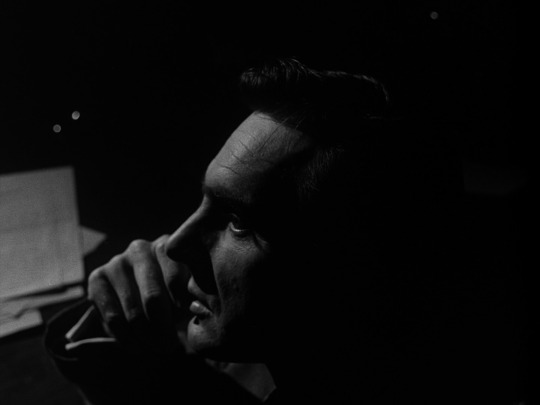
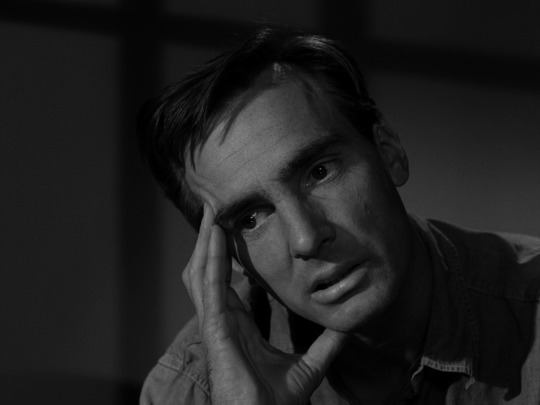


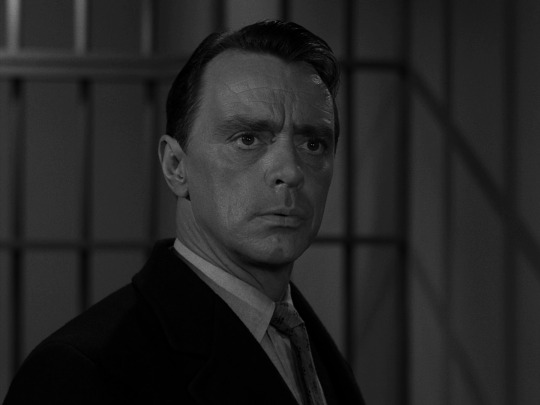
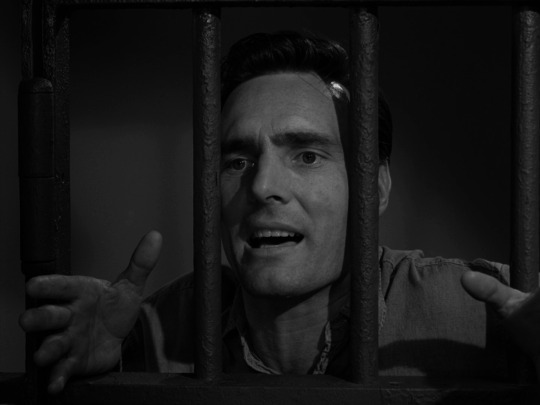
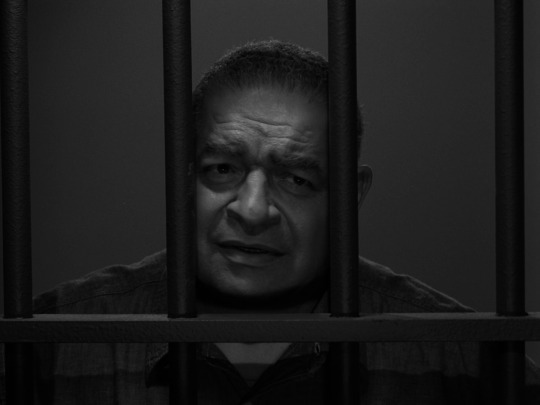

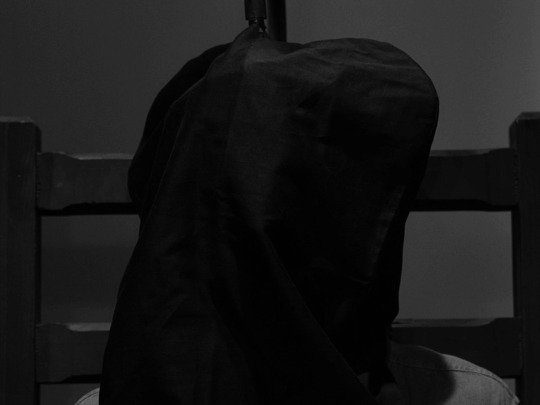
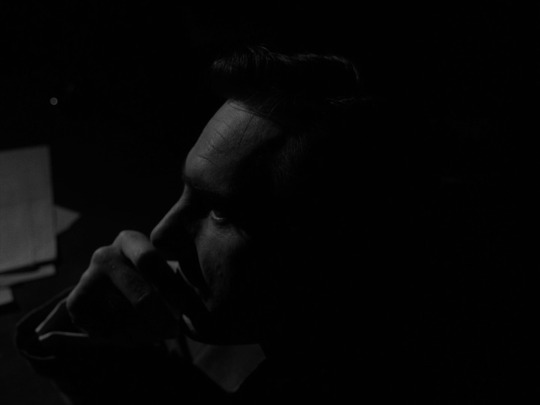
2.26 Shadow Play
Director: John Brahm
Director of Photography: George T. Clemens
“Adam Grant, a nondescript kind of man, found guilty of murder and sentenced to the electric chair. Like every other criminal caught in the wheels of justice, he’s scared, right down to the marrow of his bones. But it isn’t prison that scares him, the long, silent nights of waiting, the slow walk to the little room, or even death itself.“
#OTD#from the archives#Twilight Zone#the twilight zone#John Brahm#Rod Serling#Charles Beaumont#dennis weaver#cinematography#close-up#close up#classic television#Classic TV#television#tv#speculative fiction
29 notes
·
View notes
Photo
For the first time, on this day in 1963, "On Thursday We Leave for Home" hit the airwaves!

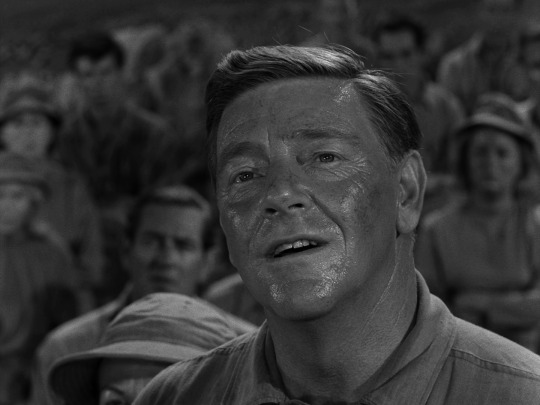

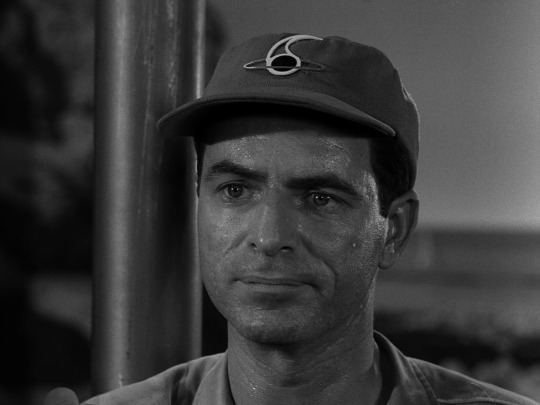


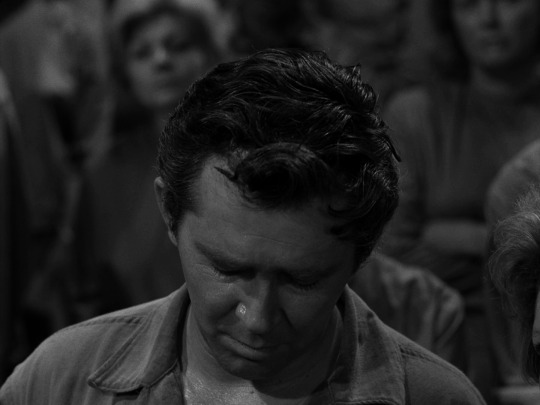

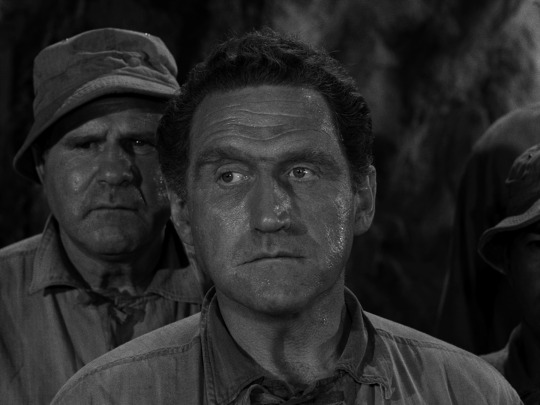
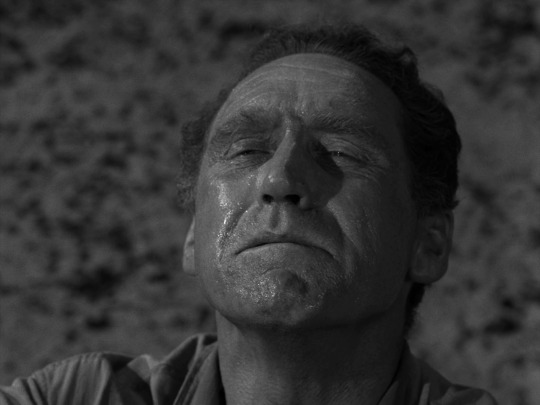
4.16 On Thursday We Leave for Home
Director: Buzz Kulik
Director of Photography: George T. Clemens
“ William Benteen, who had prerogatives: he could lead, he could direct, dictate, judge, legislate. It became a habit, then a pattern, and finally a necessity. William Benteen, once a god–now a population of one.”
#OTD#from the archives#Twilight Zone#the twilight zone#buzz kulik#Rod Serling#james whitmore#1960s#Classic TV#classic television#Classic Science Fiction#scifi#speculative fiction#space travel#cinematography#television#close up#close-up
24 notes
·
View notes
Photo
OTD in the Twilight Zone, "Stopover in a Quiet Town" aired for the very first time in 1964!
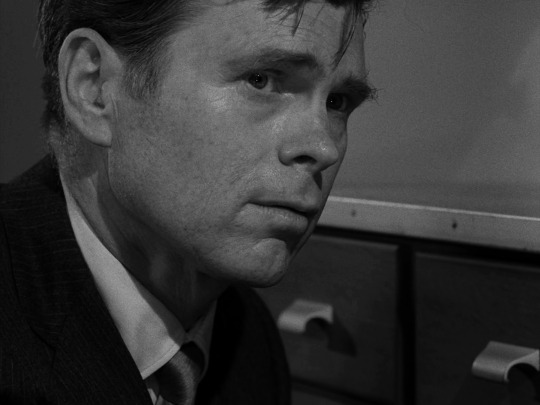


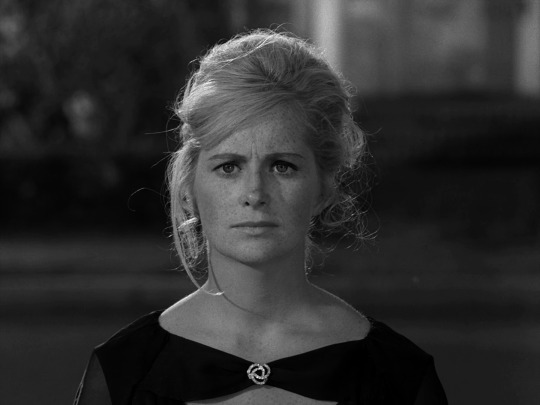
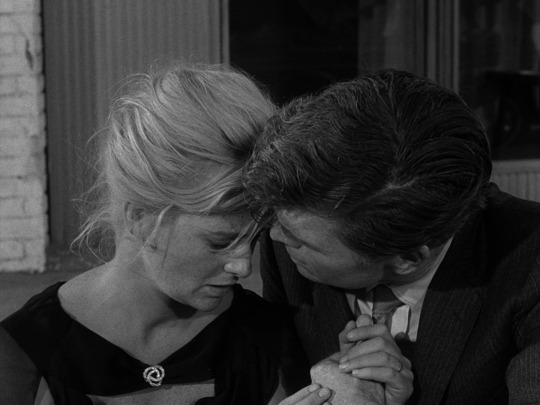
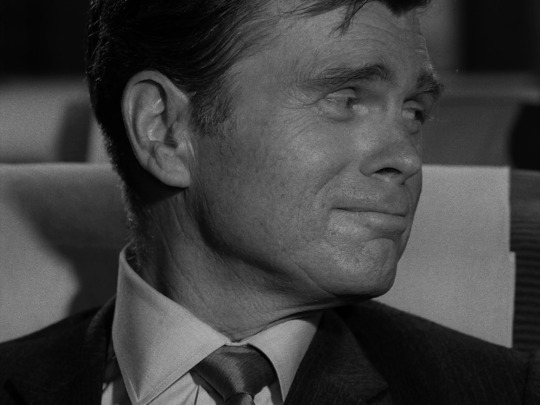

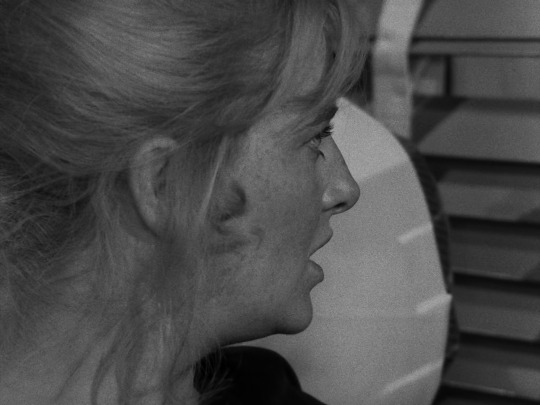
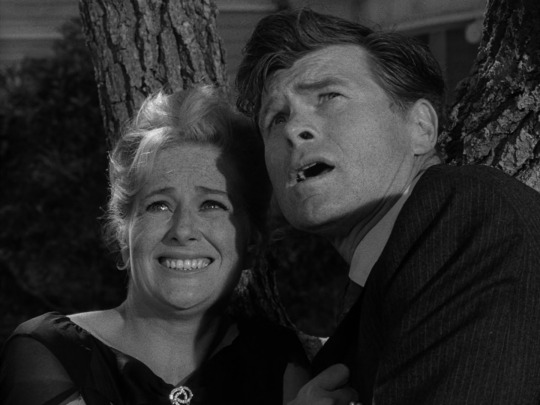

5.30 Stopover in a Quiet Town
Director: Ron Winston
Director of Photography: Robert Pittack
“Bob and Millie Frazier, average young New Yorkers who attended a party in the country last night, and on the way home, took a detour. Most of us on waking in the morning know exactly where we are. The rooster or the alarm clock brings us out of sleep into the familiar sights, sounds, aromas of home and the comfort of a routine day ahead. Not so with our young friends.”
✨Support✨
#OTD#from the archives#Twilight Zone#the twilight zone#Ron Winston#Robert Pittack#Rod Serling#earl hamner jr.#Aliens#alien abduction#speculative fiction#scifi#Classic Science Fiction#horror#Classic Horror#1960s#close up#cinematography#close-up
14 notes
·
View notes
Photo
Back in 1960, "A Nice Place to Visit" premiered!
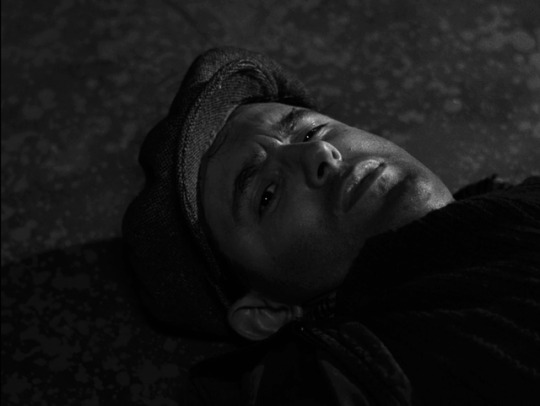
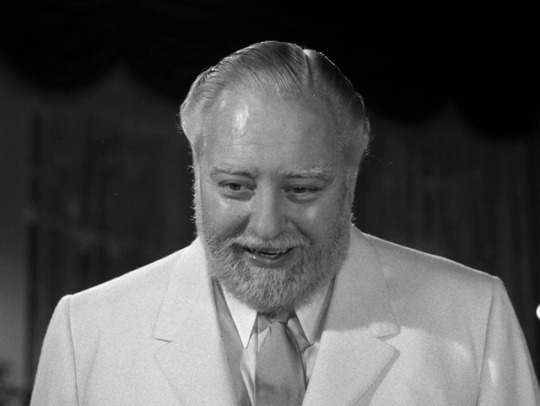


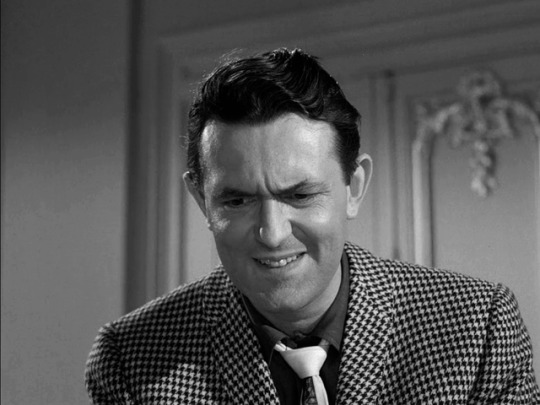
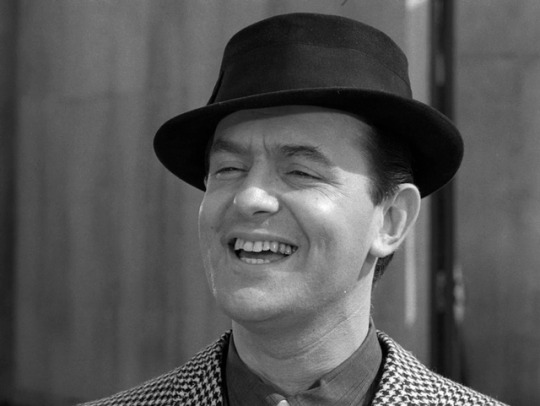

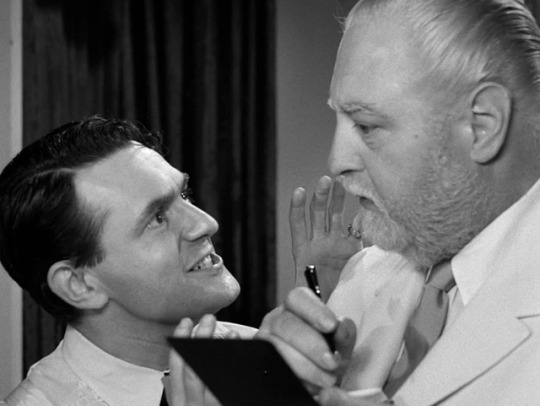


1.28 A Nice Place to Visit
Director: John Brahm
Director of Photography: George T. Clemens
“He’s tired now, tired of running or wanting, of waiting for the breaks that come to others but never to him, never to Rocky Valentine. A scared, angry little man. He thinks it’s all over now but he’s wrong. For Rocky Valentine, it’s just the beginning.”
#OTD#from the archives#twilight zone#the twilight zone#rod serling#charles beaumont#john brahm#sebastian cabot#tv#retro tv#classic tv#cinematography#television#close up#close-up#1960s
13 notes
·
View notes
Photo
On this day in the Twilight Zone, in 1964, "Caesar and Me" premiered.
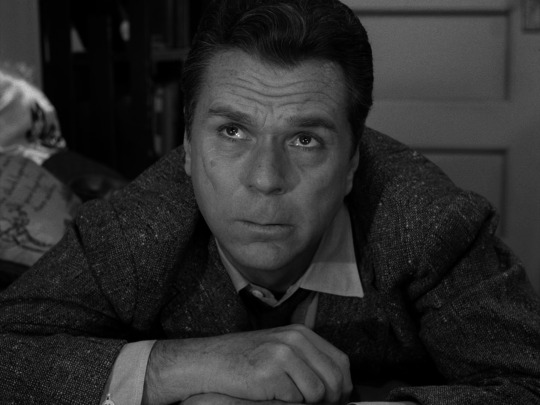
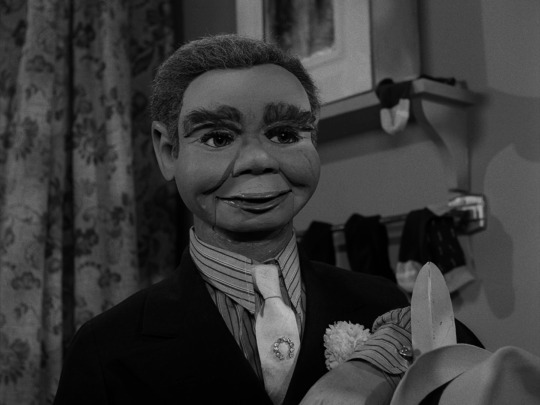


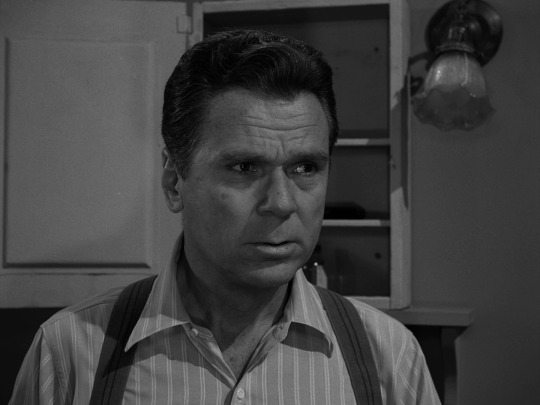
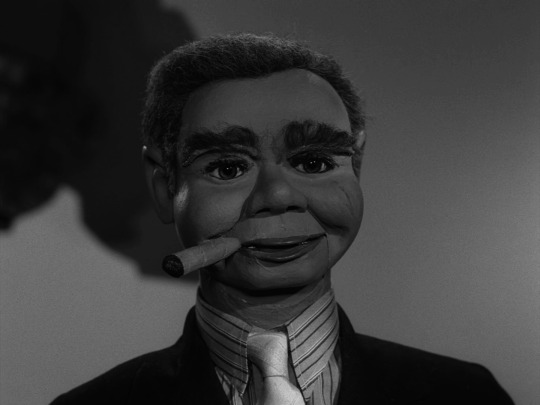
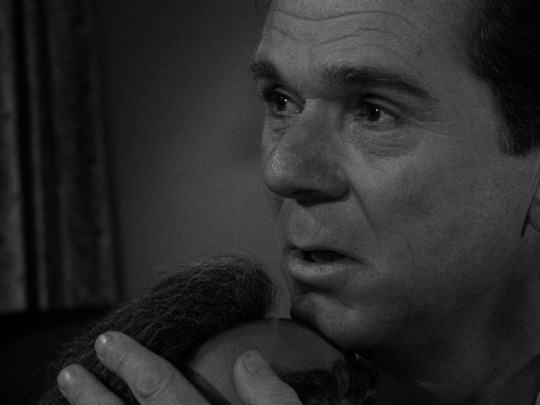

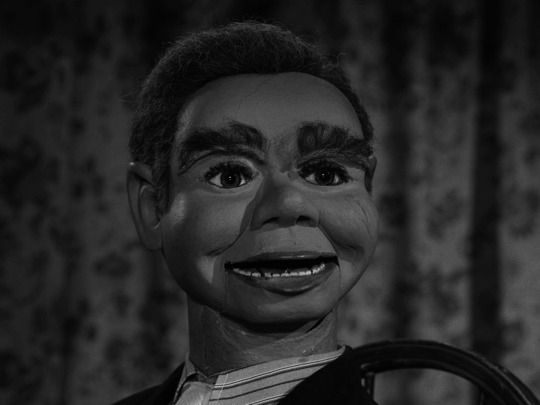
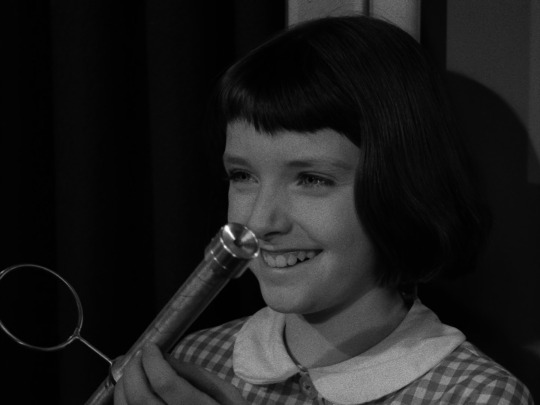
5.28 Caesar and Me
Director: Robert Butler
Director of Photography: George T. Clemens
“Jonathan West, ventriloquist, a master of voice manipulation. A man, late of Ireland, with a talent for putting words into other peoples’ mouths. In this case, the other person is a dummy, aptly named Caesar, a small splinter with large ideas, a wooden tyrant with a mind and a voice of his own…”
✨Support✨
#OTD#from the archives#Twilight Zone#the twilight zone#rod serling#jackie cooper#ventriloquism#Classic TV#classic television#Classic Horror#speculative fiction#horror#television#tv#1960s#cinematography#close-up#close up
24 notes
·
View notes
Photo
On this day 65 years ago, "Execution" hit the airwaves for the first time!
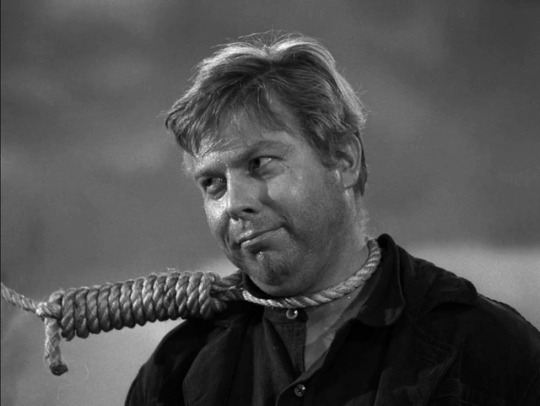



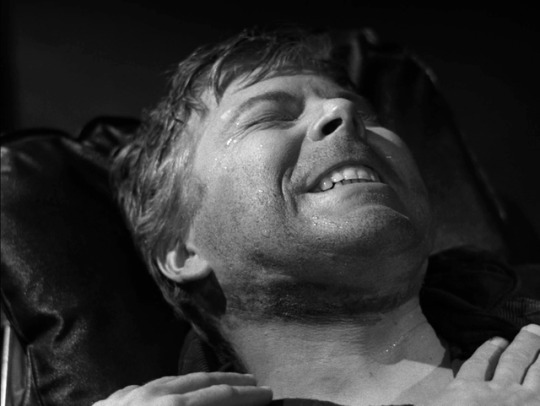
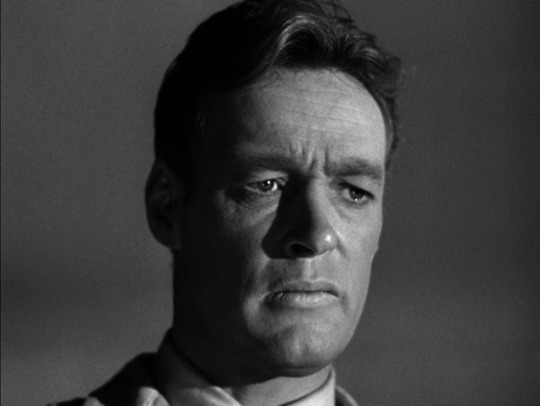


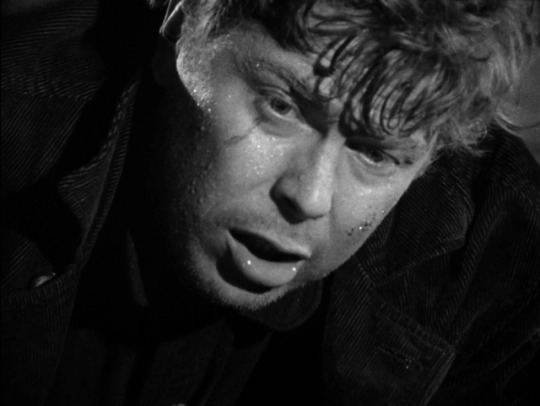

1.26 Execution
Director: David Orrick McDearmon
Director of Cinematography: George T. Clemens
“There are the marks of a rope etched deeply into his neck. He has no explanation for this. And I have one other observation, hardly scientific. I don’t like his looks. I don’t like the eyes, or the face, or the expression. I get a feeling of disquiet. I… I get a feeling that I’ve taken a 19th-century primitive and placed him in a 20th-century jungle. And heaven help whoever gets in his way.“
#OTD#twilight zone#the twilight zone#rod serling#george clayton johnson#albert salmi#russell johnson#television#tv#classic tv#1960s#cinematography#close up#close-up#from the archives
14 notes
·
View notes
Photo
OTD in 1964, Ivan Dixon returned to The Twilight Zone for "I am the Night—Color Me Black"!

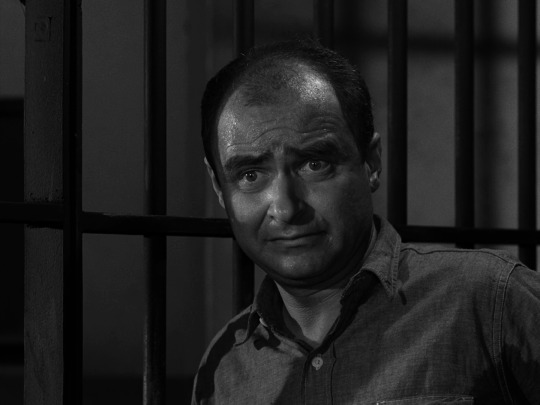

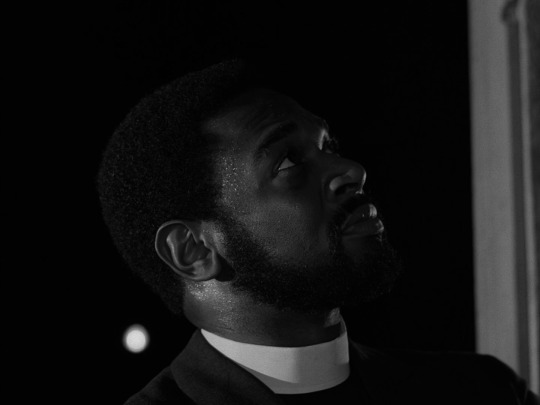
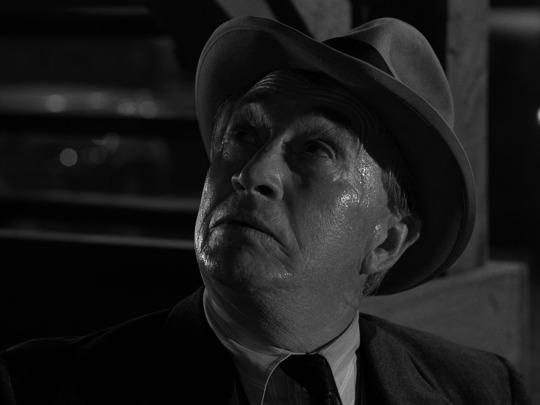


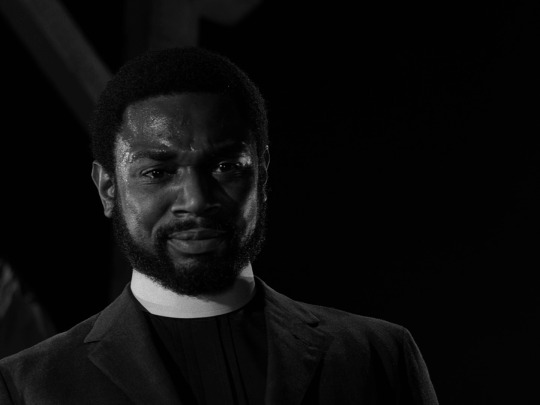
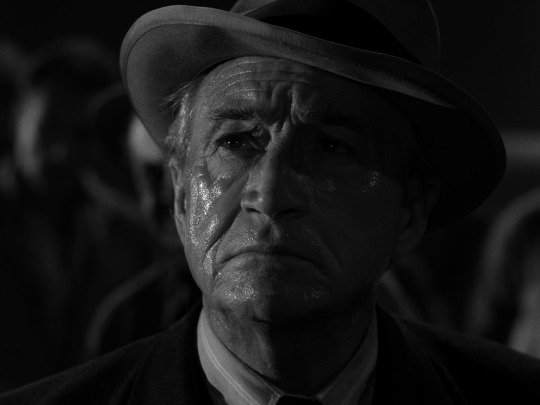
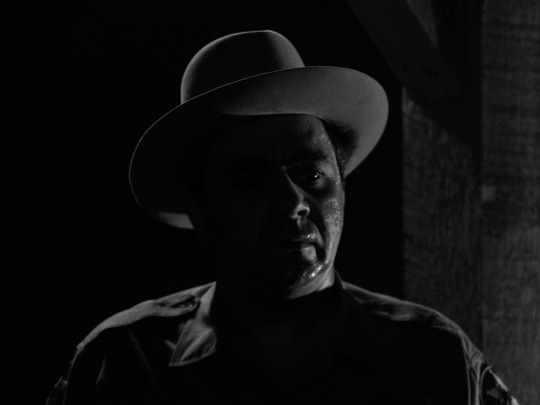
5.26 I am the Night—Color Me Black
Director: Abner Biberman
Director of Photography: George T. Clemens
“In all this darkness, is there anybody who can make out the truth? He hated, and he killed, and now he dies. And you hated, you killed, and now there’s not one of you… not one of you who isn’t doomed. Do you know why it’s dark? Do you know why it is night all around us? Do you know what the blackness is? It’s the hate he felt, the hate you felt, the hate all of us feel, and there’s too much of it. There’s just too much. And so we had to vomit it out. And now it’s coming up all around us and choking us. So much hate, so much miserable hate.”
✨Support✨
#the twilight zone#Twilight Zone#Rod Serling#abner biberman#Ivan Dixon#michael constantine#1960s#the sixties#horror#Classic Horror#speculative fiction#retro tv#Classic TV#classic television#television#tv#cinematography#close up#close-up#OTD
10 notes
·
View notes
Photo
OTD in The Twilight Zone, "Long Live Walter Jameson" aired for the first time 65 years ago!
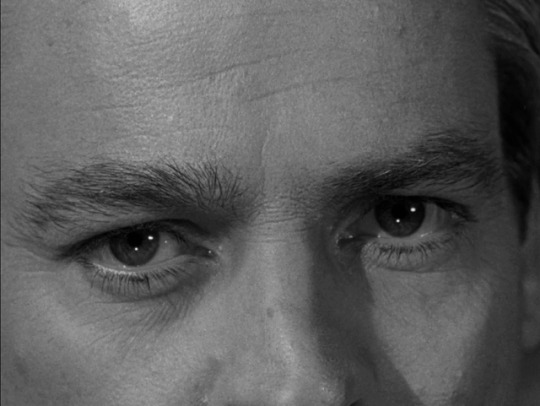
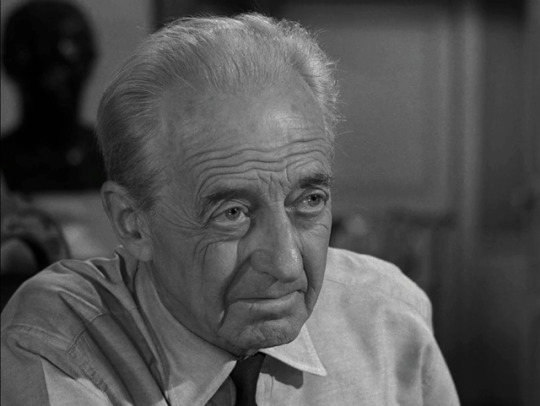


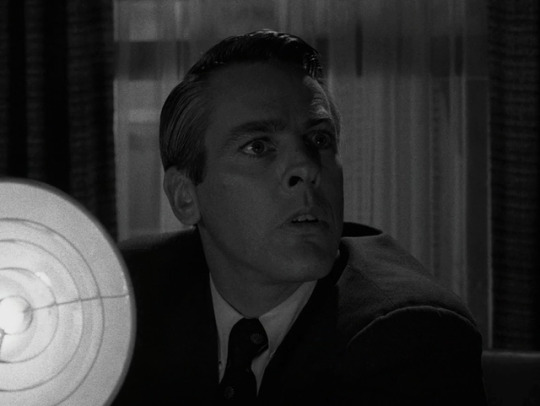
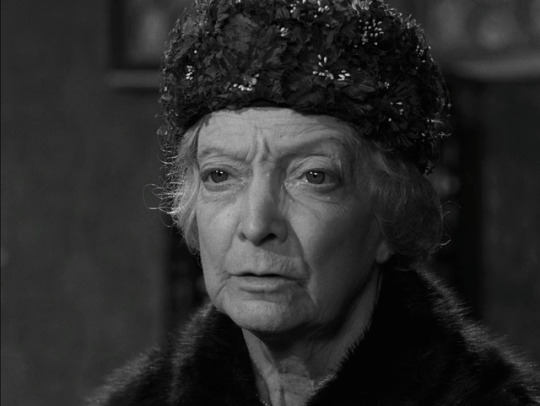

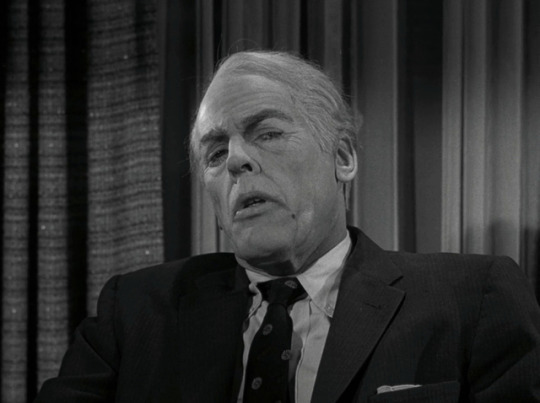

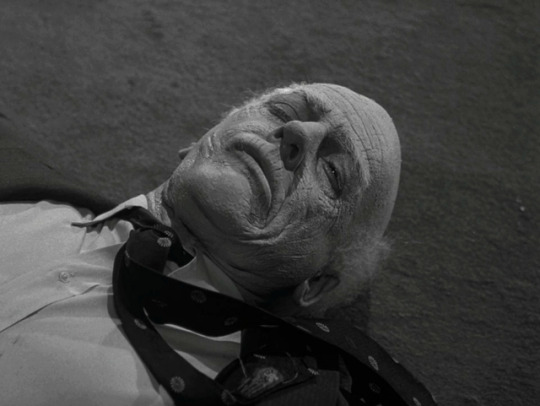
1.24 Long Live Walter Jameson
Director: Anton Leader
Director of Photography: George T. Clemens
“I thought if a man lived forever, he’d grow wiser. But that isn’t true, is it?”
“You just go on living, that’s all.”
#twilight zone#the twilight zone#rod serling#charles beaumont#anton leader#george t clemens#long live walter jameson#kevin mccarthy#estelle winwood#classic tv#tv#retro tv#cinematography#television#close up#close-up#1960s#retro horror#horror#OTD
25 notes
·
View notes
Photo
"What's in the Box" starring Bill Demarest and Joan Blondell first hit the airwaves OTD in 1964!
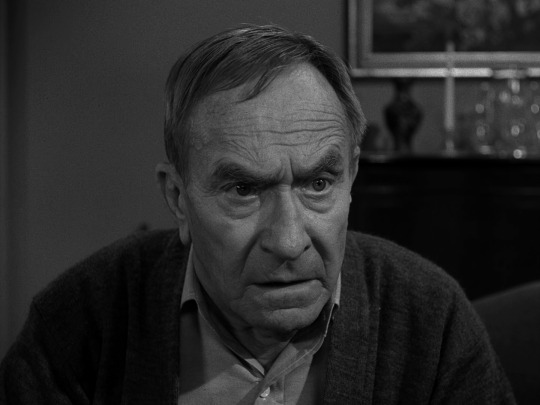




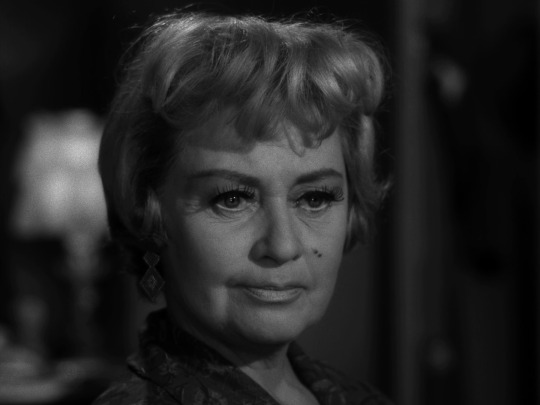
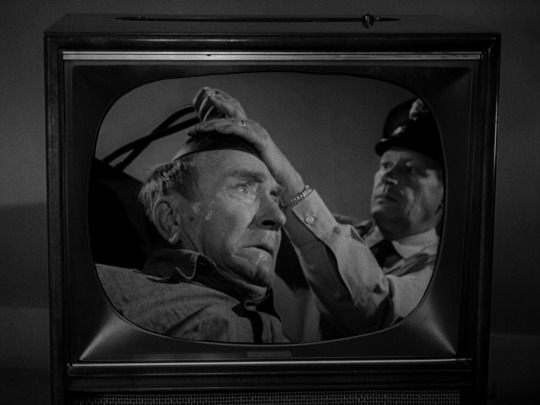

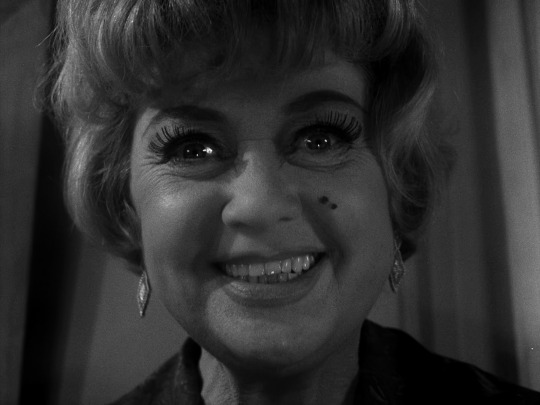

5.24 What’s in the Box
Director: Richard L. Bare
Director of Photography: George T. Clemens
“Portrait of a TV fan. Name: Joe Britt. Occupation: cab driver. Tonight, Mr. Britt is going to watch ‘a really big show,’ something special for the cabbie who’s seen everything.”
✨Support✨
#the twilight zone#Twilight Zone#Richard L Bare#Rod Serling#william demarest#joan blondell#television#classic television#tv#Classic Horror#Classic TV#speculative fiction#Classic Science Fiction#horror#the sixties#1960s#cinematography#close up#close-up
33 notes
·
View notes
Photo
OTD in The Twilight Zone, "No Time Like the Past" starring Dana Andrews aired for the first time in 1963!

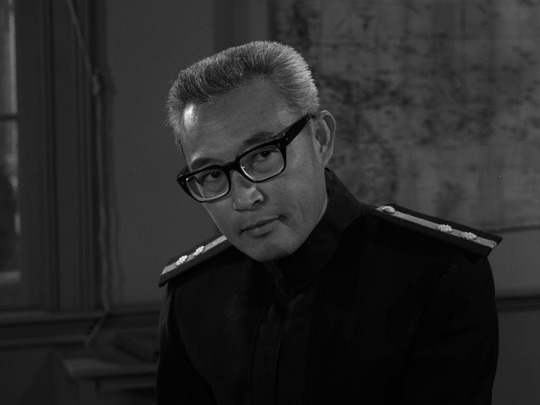
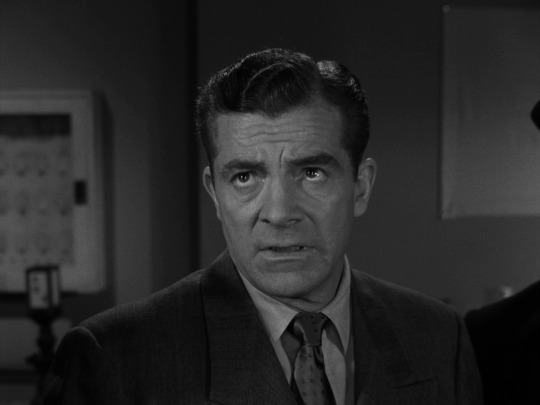
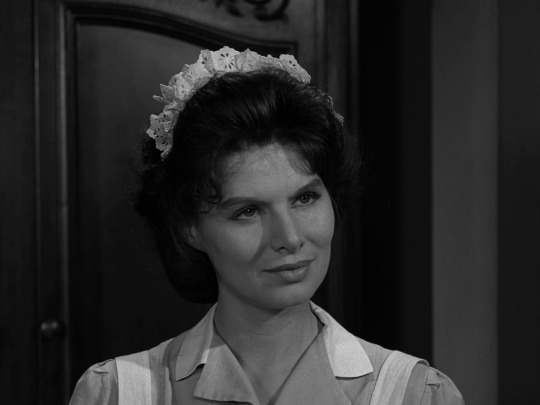

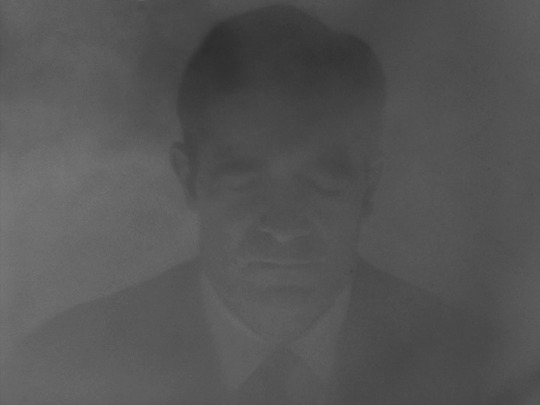
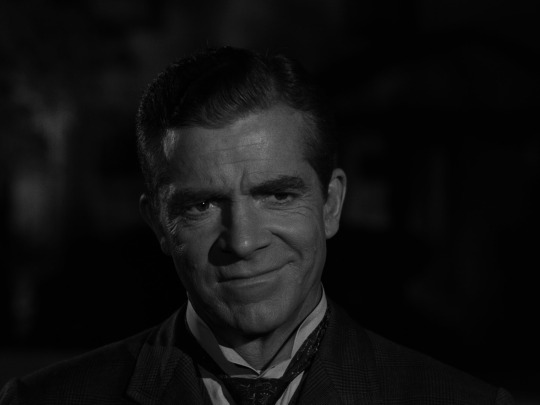
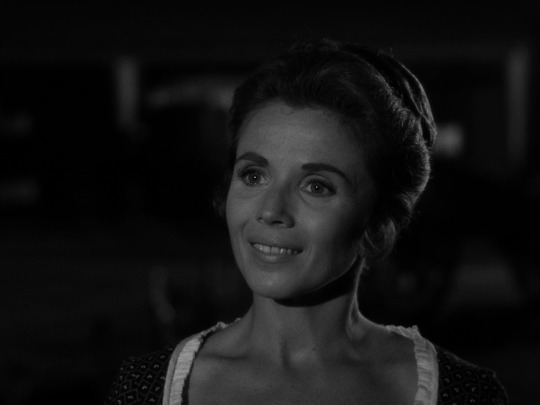
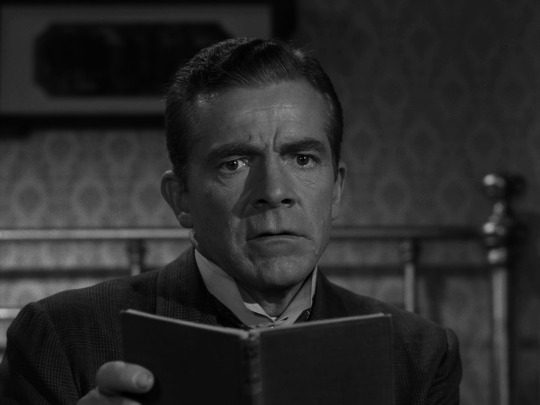

4.10 No Time Like the Past
Director: Justus Addiss
Director of Photography: Robert Pittack
“You’ll go back to your bank, and it’ll be business as usual… until next dinnertime, when you’ll give us another vacuous speech about enlarging and strengthening countries by filling graveyards. Well, if THIS country shares your devilishly virile sentiments–as I dread it just might–then you’re in for some gratifying times, Mr. Hanford. Believe me, there’ll be a lot of graveyards for America to fill… and not just her own. We’ll show how red our blood is, because we’ll spill it. And we’ll show how red our neighbors’ blood is, because we’ll spill that too. Chances are you won’t have to spill any yourself, or to be there when all that I’ve spoken of comes to pass. I simply don’t know whether to pity you because of said likelihood, or to envy you for it.”
#Twilight Zone#the twilight zone#Rod Serling#dana andrews#Justus Addiss#patricia breslin#patty breslin#1960s#speculative fiction#Classic TV#Classic Science Fiction#classic television#cinematography#close up#time travel#close-up#1880s#sixties#my edits
42 notes
·
View notes
Photo
"Mirror Image" first hit the airwaves OTD in 1960! That makes today its 65th anniversary!

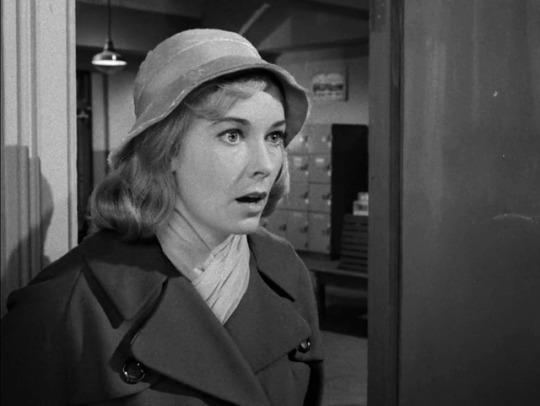
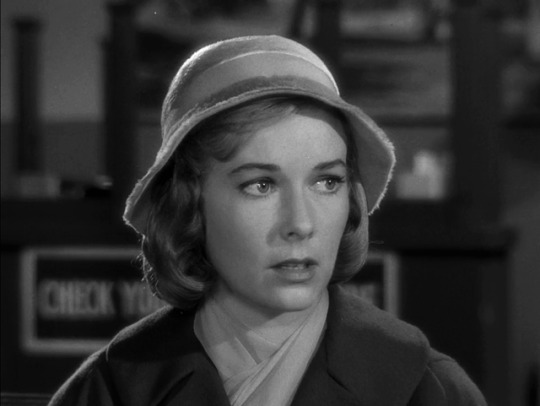


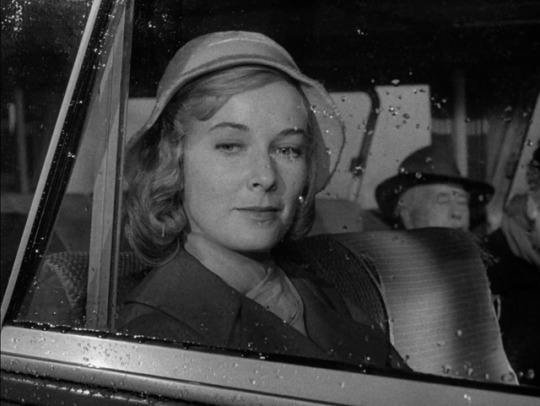
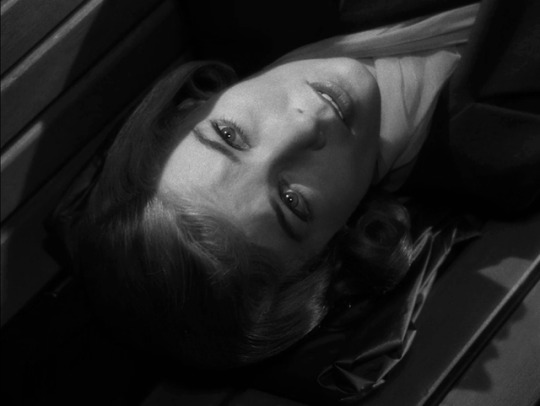
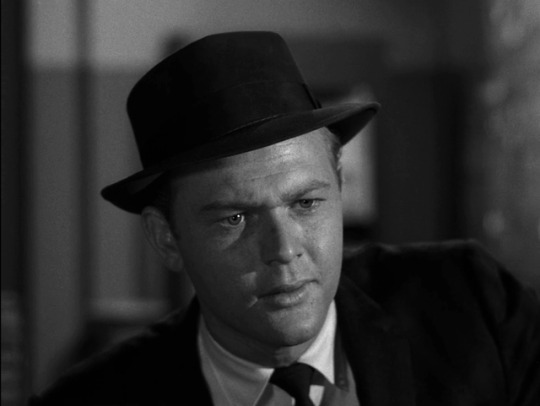


1.21 Mirror Image
Director: John Brahm
Director of Photography: George T. Clemens
“Obscure metaphysical explanation to cover a phenomenon, reasons dredged out of the shadows to explain away that which cannot be explained. Call it parallel planes or just insanity.”
#twilight zone#the twilight zone#rod serling#john brahm#television#classic tv#retro tv#1960s#cinematography#close up#vera miles#martin milner#close-up#tv#speculative fiction#horror#classic television#retro horror
80 notes
·
View notes
Photo
"Spur of the Moment" aired OTD for the first time in 1964!
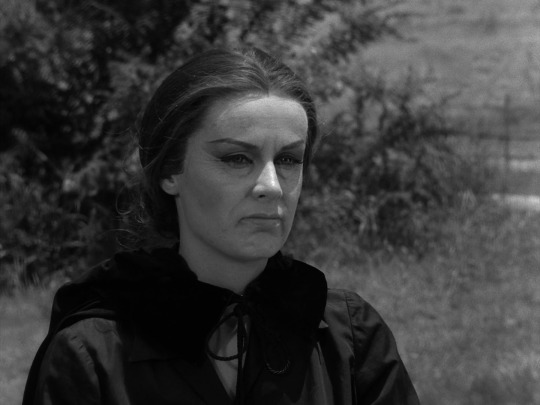
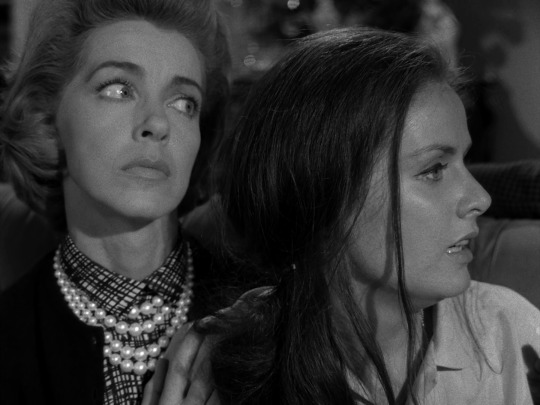
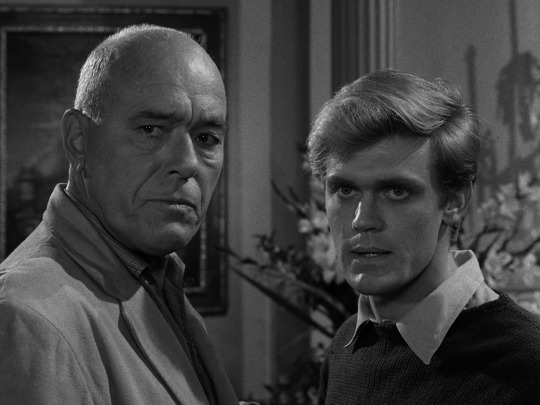
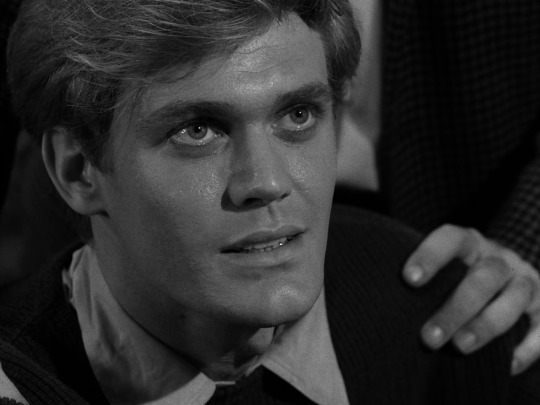
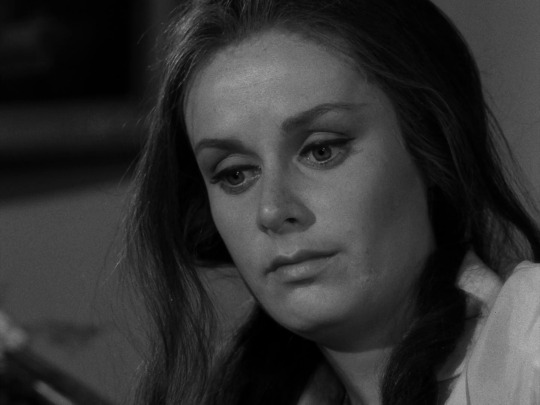
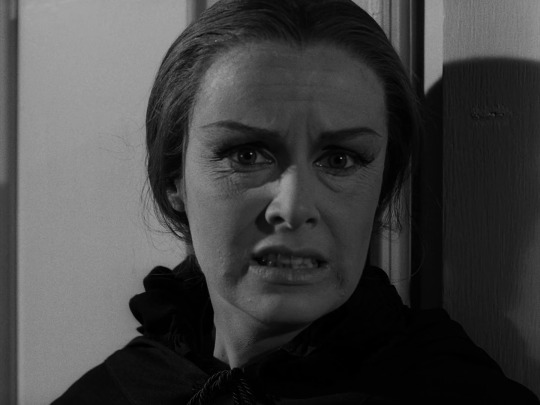
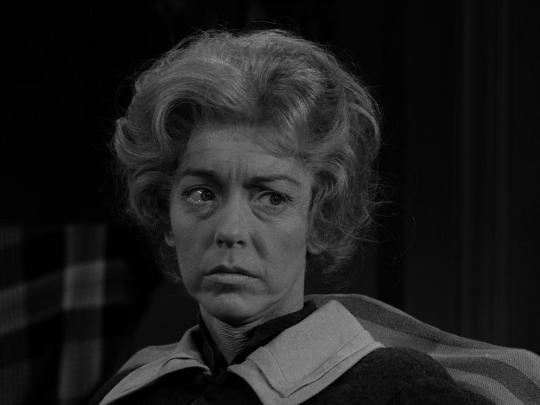
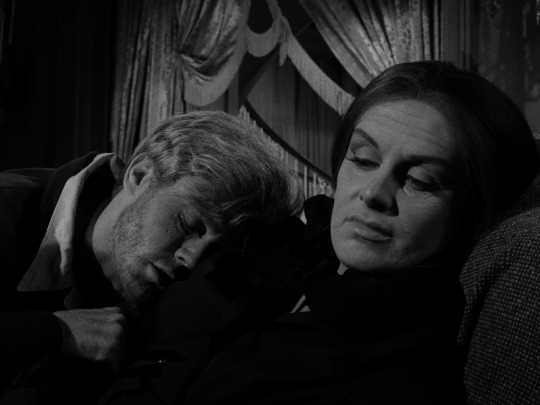


5.21 Spur of the Moment
Director: Elliot Silverstein
Director of Photography: Robert Pittack
“This is the face of terror: Anne Marie Mitchell, forty-three years of age, her desolate existence once more afflicted by the hope of altering her past mistake—a hope which is, unfortunately, doomed to disappointment. For warnings from the future to the past must be taken in the past; today may change tomorrow but once today is gone, tomorrow can only look back in sorrow that the warning was ignored.”
✨Support✨
#Twilight Zone#the twilight zone#Rod Serling#Richard Matheson#diana hyland#marsha hunt#1960s#the sixties#Classic TV#classic television#Classic Horror#speculative fiction#horror#time travel#tv#Tv History#cinematography#close up#close-up#OTD
7 notes
·
View notes
Photo
OTD in the Twilight Zone, "From Agnes—with Love" aired for the first time in 1964! Happy Valentine's Day... I guess!

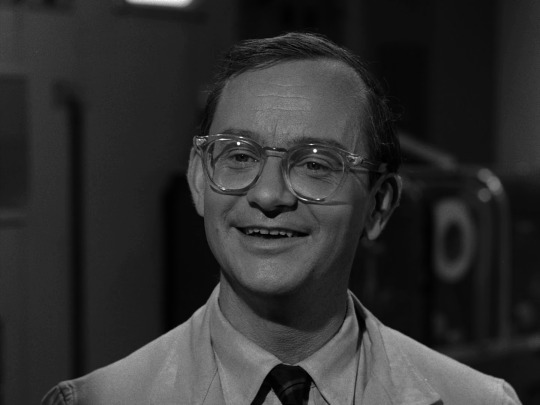

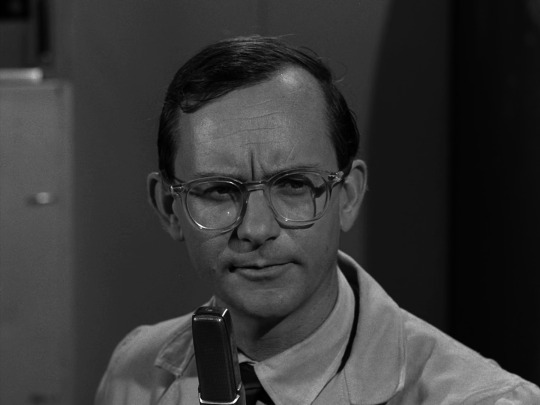
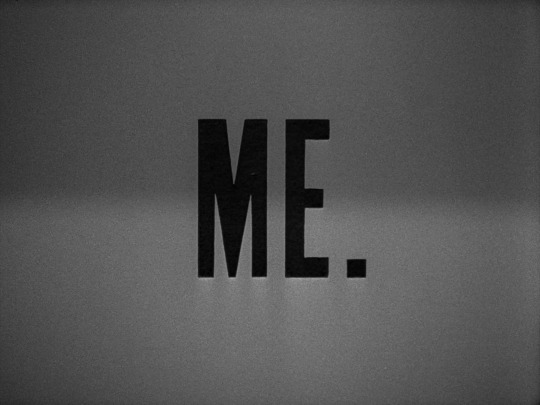

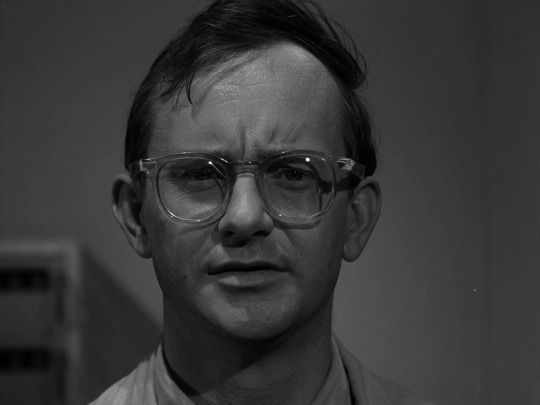

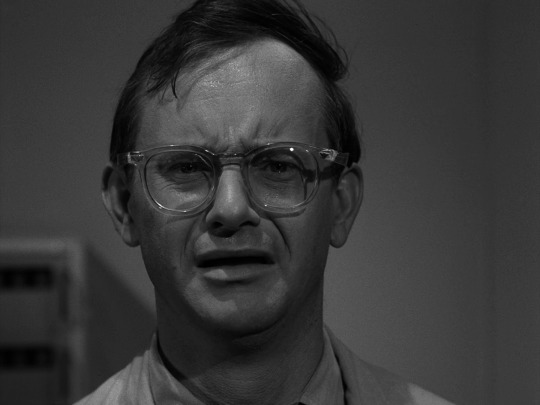
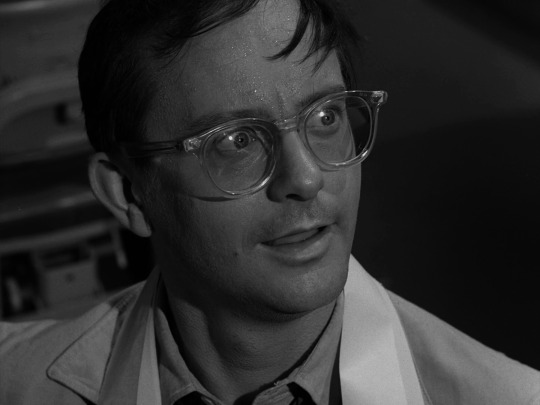
5.20 From Agnes - with Love
Director: Richard Donner
Director of Photography: George T. Clemens
“Advice to all future male scientists: be sure you understand the opposite sex, especially if you intend being a computer expert.”
✨Support✨
#Twilight Zone#the twilight zone#Rod Serling#Richard Donner#wally cox#scifi#Classic Science Fiction#speculative fiction#1960s#Classic TV#the sixties#classic television#horror#Classic Horror#cinematography#close up#close-up#OTD
36 notes
·
View notes